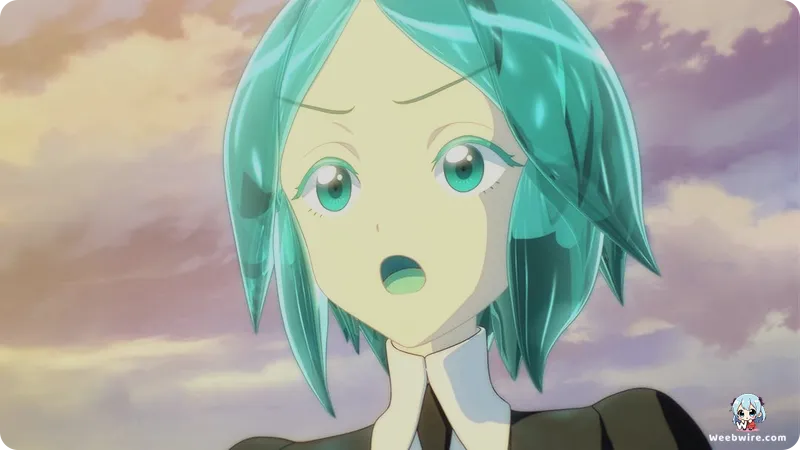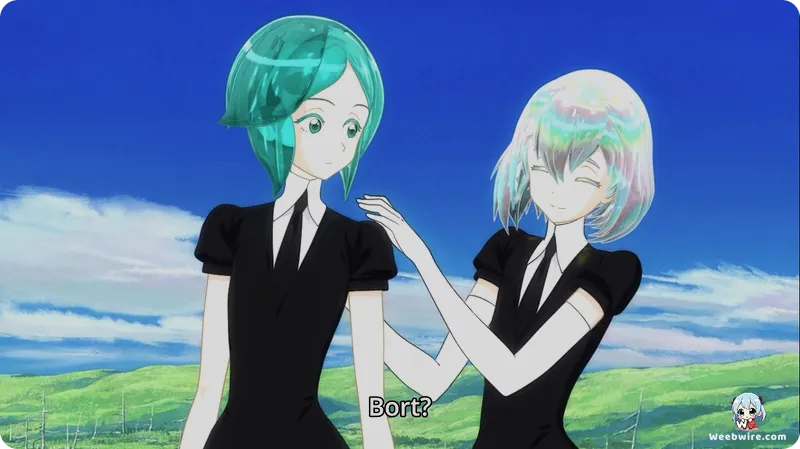Land of the Lustrous: A Deep Dive into the Anime That Redefined CGI and Storytelling

Step into the dazzling, yet profoundly contemplative world of Land of the Lustrous, known in Japan as Houseki no Kuni, a series that has etched its place as a cornerstone of contemporary anime. Launching in October 2017, Studio Orange's visionary production didn't just tell a story; it revolutionized 3D CGI animation, transforming a technology often met with skepticism into a canvas for unparalleled visual fluidity and emotional depth. Beyond its gleaming exterior, this anime is a treasure trove of innovative design and philosophical inquiry, cementing its enduring legacy and cult following.
Revolutionizing 3D CGI Animation
At the heart of Land of the Lustrous's groundbreaking success lies Studio Orange's audacious and meticulous application of full 3D CGI. Historically, CGI in anime was often perceived as stiff or lacking the nuanced expressiveness of traditional 2D. However, Studio Orange meticulously engineered a visual language that not only shattered these preconceptions but amplified the inherent strengths of 3D. The crystalline forms of the sentient Gems, their exquisitely reflective surfaces, and the breathtakingly dynamic combat sequences found their perfect medium in CGI. This allowed for intricate, sweeping camera movements and seamless action that would be extraordinarily challenging, if not impossible, to achieve through conventional 2D methods. More than a mere stylistic choice, this innovative approach was fundamental in translating Haruko Ichikawa's distinctive manga aesthetic into a vibrant, moving reality, imbuing the Gems with an undeniable sense of life.

Haruko Ichikawa's Creative Vision
The unparalleled creative vision of Haruko Ichikawa, the original manga artist, forms another critical pillar of the series' lasting appeal. Ichikawa-sensei is celebrated for her sparse, yet profoundly impactful art style and deeply introspective narratives that consistently delve into complex themes of identity, purpose, and metamorphosis. The anime adaptation masterfully captured this unique sensibility, transforming the source material's ethereal beauty and melancholic atmosphere into a kinetic art form. Ichikawa’s reported inspirations are wonderfully eclectic, drawing from the precise world of geology, the spiritual depths of Buddhist philosophy, and the intricate biology of entomology. These diverse influences are subtly, yet powerfully, woven into the narrative's fabric, the distinct character designs, and the comprehensive world-building, bestowing upon the series an intellectual profundity that truly sets it apart.
The Connection to Real-World Minerals
A fascinating detail that underscores the series' meticulous construction is the direct correlation between the Gems' properties in the story and their real-world mineral counterparts. Consider the protagonist, Phosphophyllite, or Phos, whose defining characteristic is extreme fragility, registering a mere 3.5 on the Mohs hardness scale. This inherent vulnerability isn't just a trait; it's a pivotal narrative device, leading to Phos's frequent fragmentation and subsequent reconstructive transformations. These physical changes mirror Phos's profound journey of self-discovery and the evolving nature of their existence, as each repair and integration of new materials profoundly alters their being, driving the central mysteries and emotional core of the series forward.
Credits
Land of the Lustrous
Author
Haruko Ichikawa
Cover Art
Haruko Ichikawa
Studio
Orange
Publisher
Kodansha
Producers





